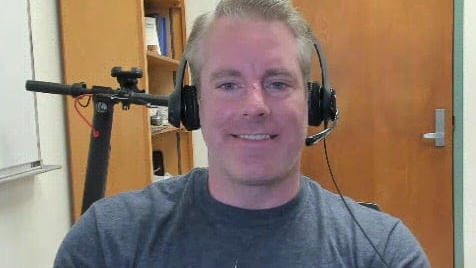Optimization of Energy Systems
Victor Zavala, WID Optimization affiliate:
In this talk we describe how to use optimization techniques to design diverse types of energy systems and to manage them in real-time. We emphasize on the need to handle strong trade-offs between economic and environmental efficiency and multiple temporal and spatial scales.









